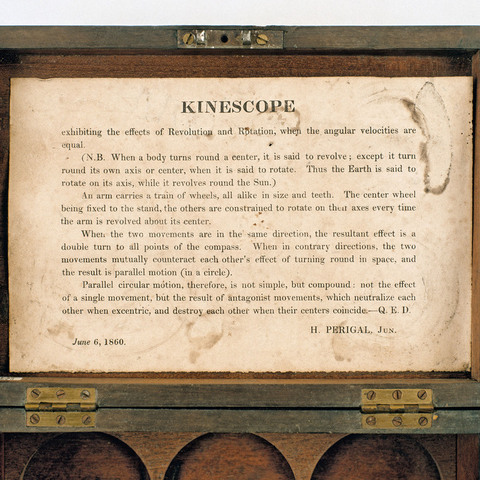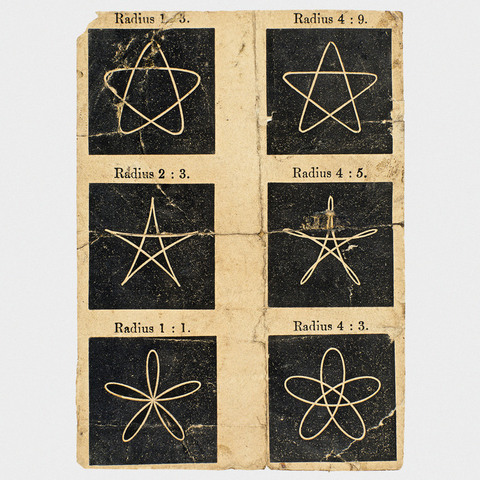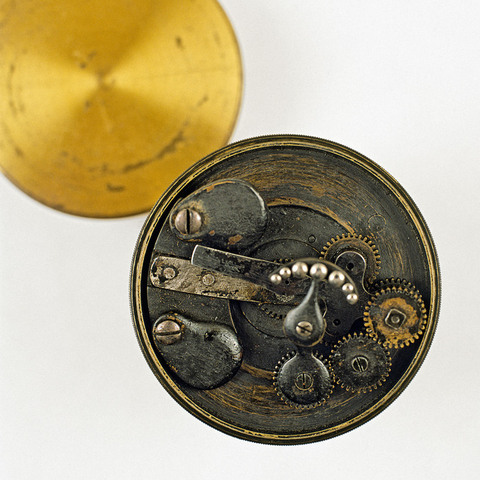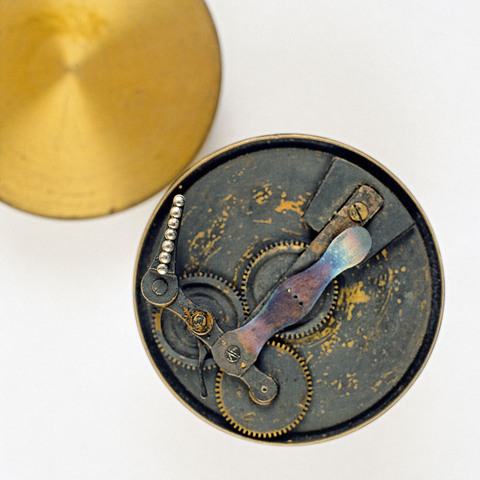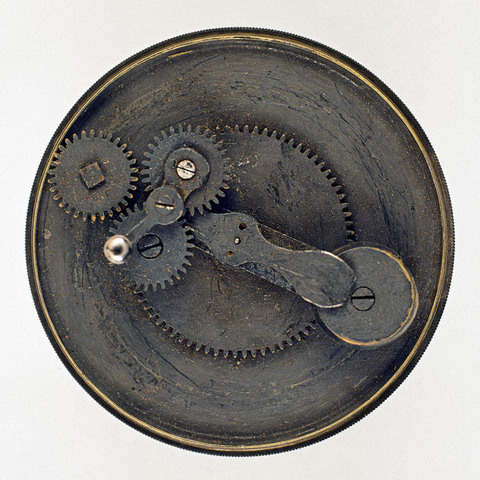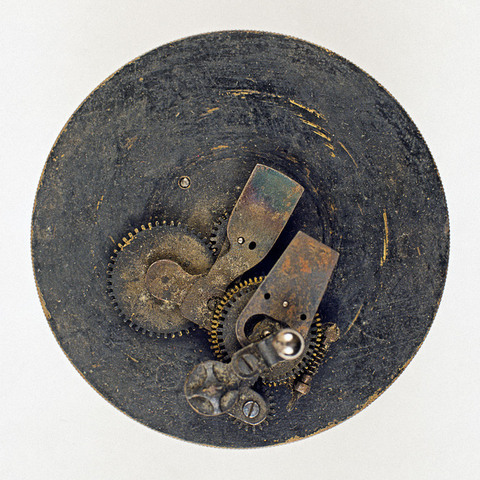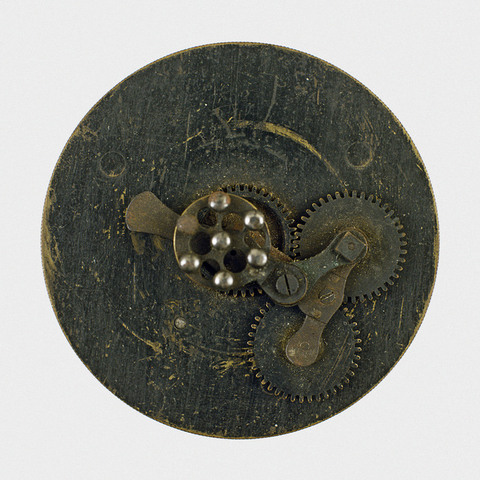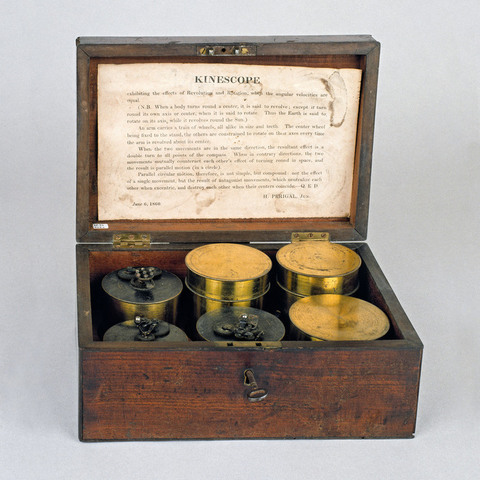Appareil pour les expériences d'optique et de cinématique (boîte d')
Fiche détaillée
Type de l'appareil
boîte en acajou ; mode d'emploi imprimé
Auteurs
Perigal Junior H.
Londres
Fabricants
Informations non disponibles
Utilisateurs
Perigal Junior H.
Londres
Distributeurs
Informations non disponibles
Sujet du modèle
Informations non disponibles
Objectif
Informations non disponibles
Taille de l'objet
Ouvert :
Longueur : 25.5 cm
Largeur : 17.2 cm
Hauteur : 11 cm
Fermé :
Longueur : 25.5 cm
Largeur : 17.2 cm
Hauteur : 11 cm
Diamètre :
Informations non disponibles
Taille de la boîte de transport
Informations non disponibles
Remarques
Étiquette au dos du couvercle : "Kinescope exhibiting the effects of Revolution and Rotation, when the angular velocities are equal. (N.B. When a body turns round a center, it is said to revolve ; except it turn round its own axis or center, when it is said to rotate. This the Earth is said to rotate on its axis, while it revolves round the Sun.) An arm carries a train of wheels, all alike in size and teeth. The center wheel being fixed to the stand, the others are constrained to rotate on their axes every time the arm is revolved about its center.
When the two movements are in the same direction, the resultant effect is a double turn to all points of the compass. When in contrary directions, the two movements mutually counteract each other's effect of turning round in space, and the result is parallel motion (in a circle).
Parallel circular motion, therefore, is not simple, but coumpound : not the effect of a single movement, but the result of antagonist movements, which neutralize each others when excentric, and destroy each other when their centers coincide. - Q.E.D. H. Perigal, Jun. June 6, 1860."
Dans la boîte se trouve aussi un schéma illustrant six figures cinématiques différentes obtenues par les Kinescopes.
